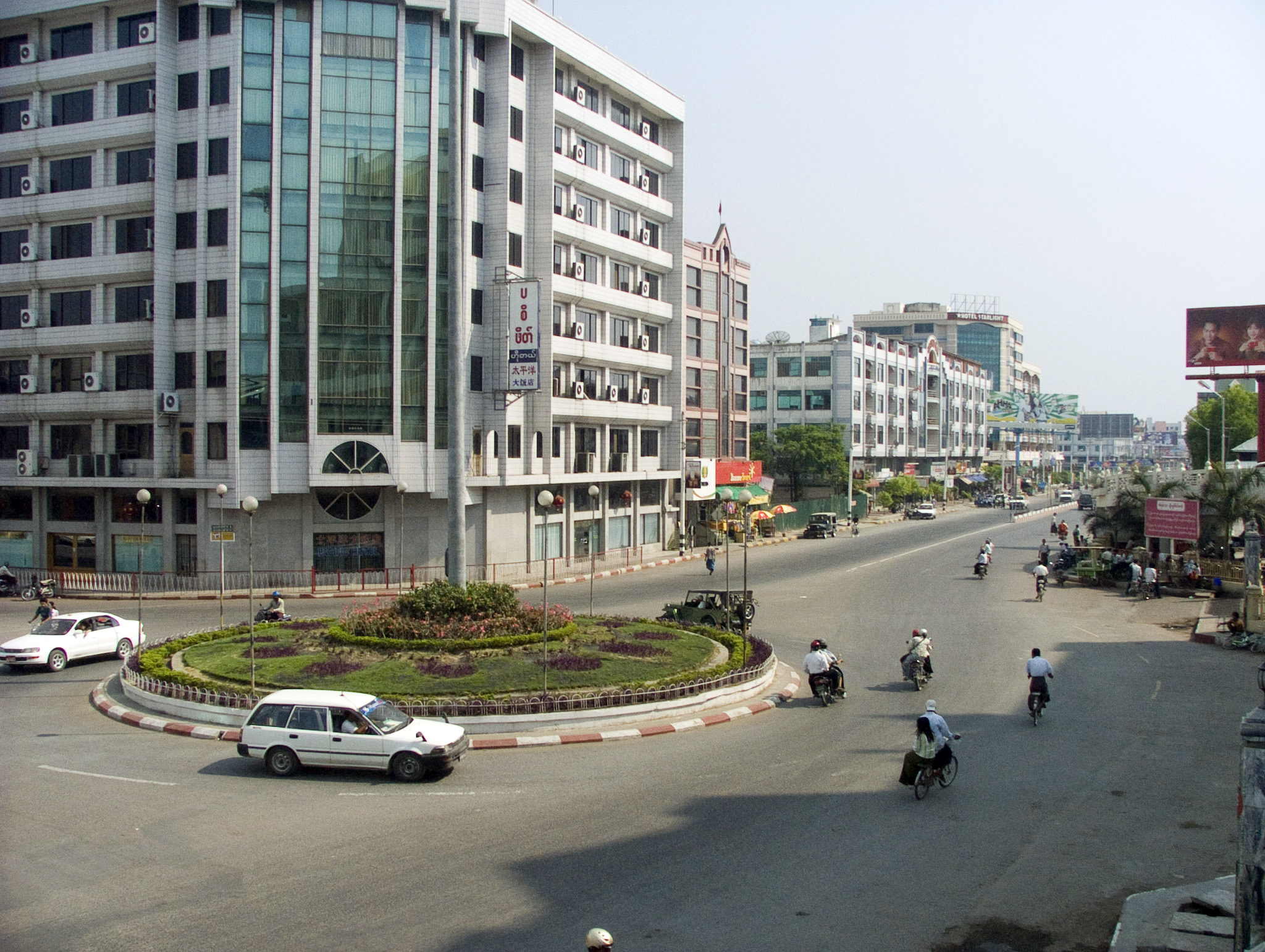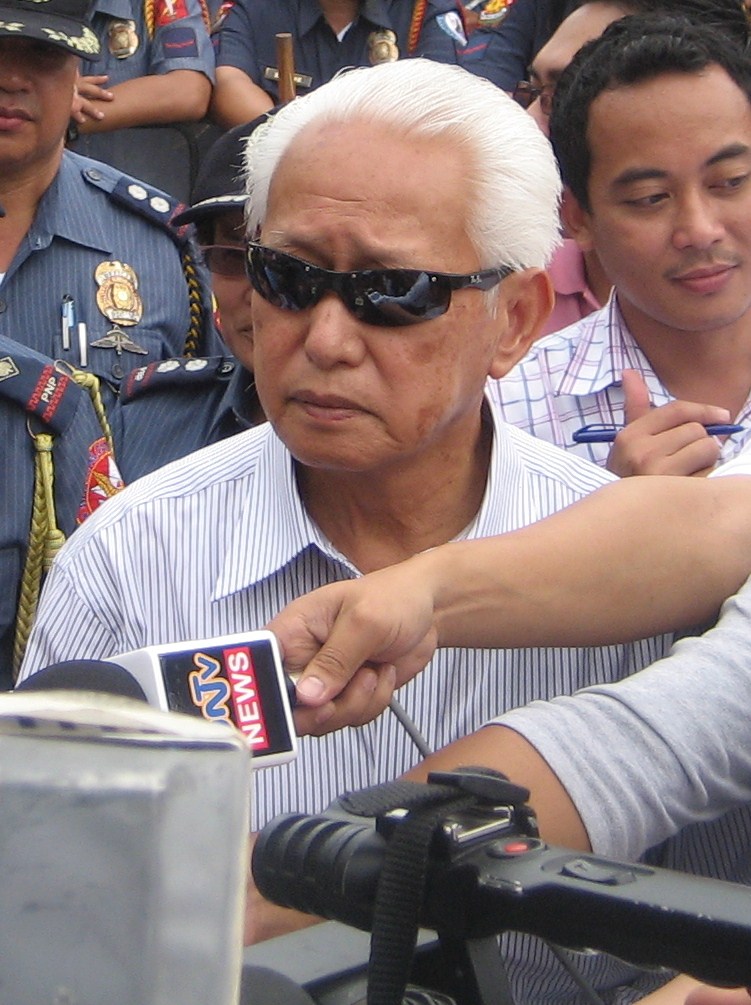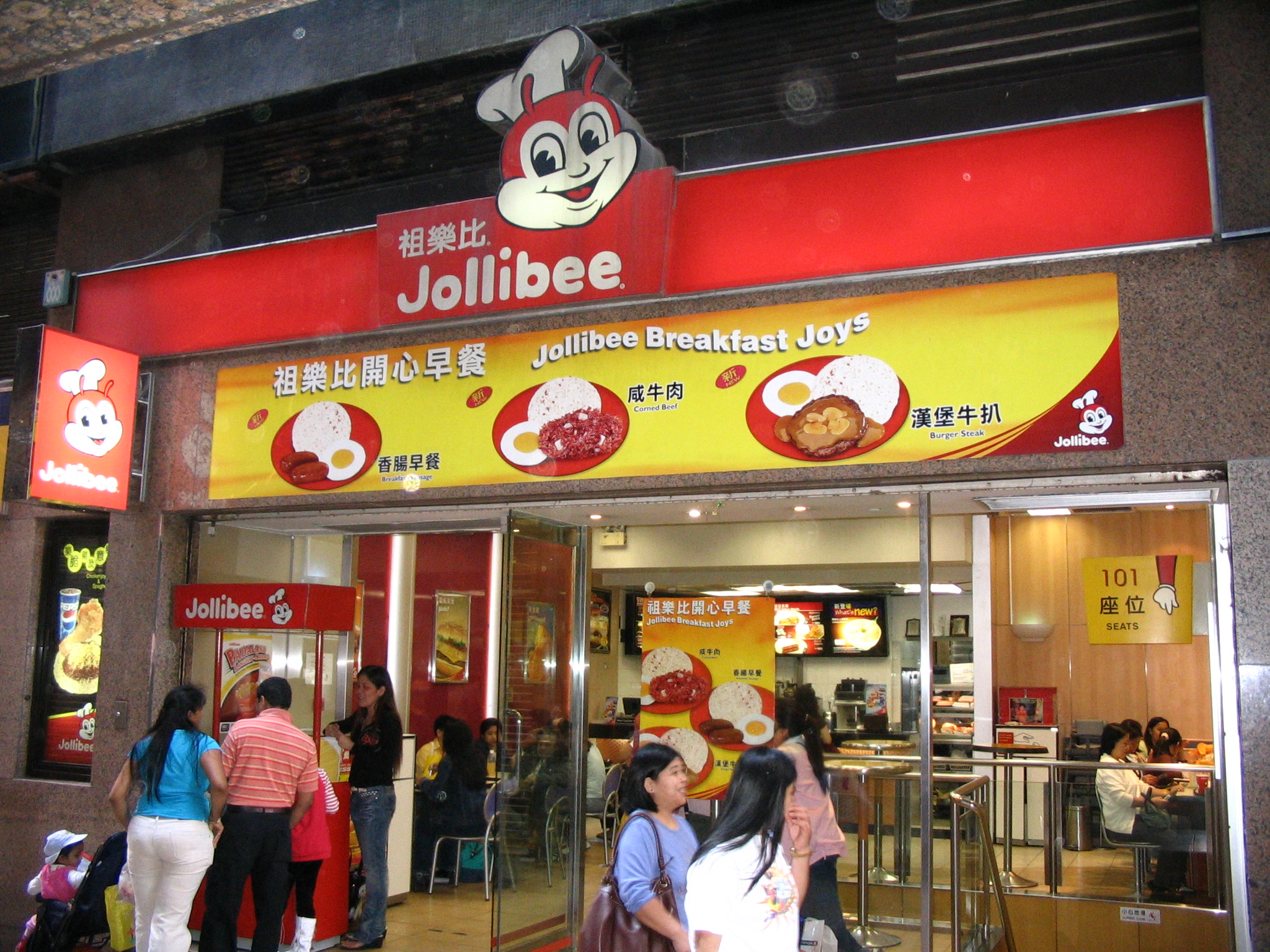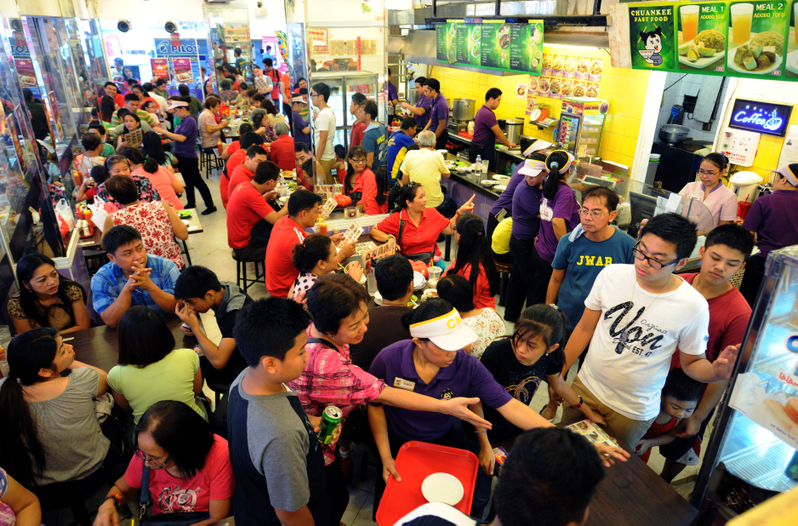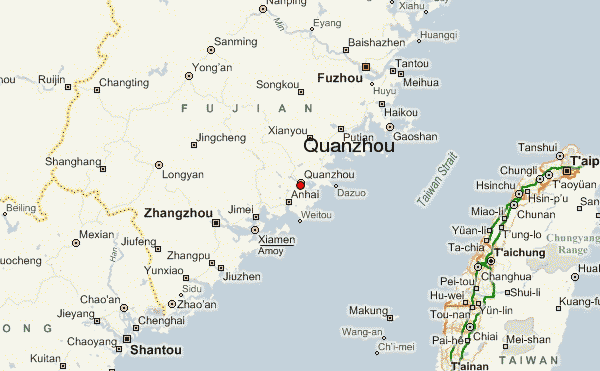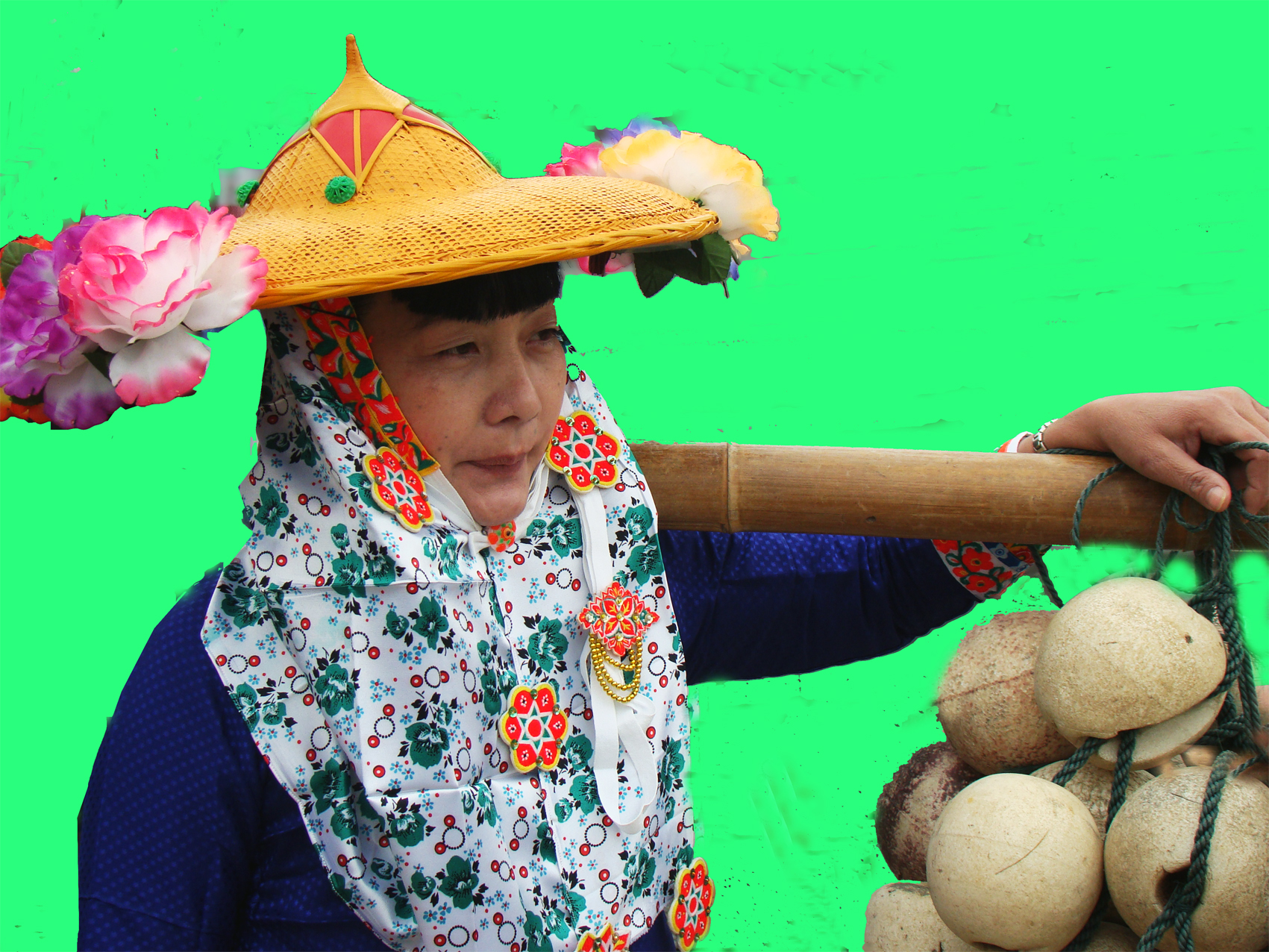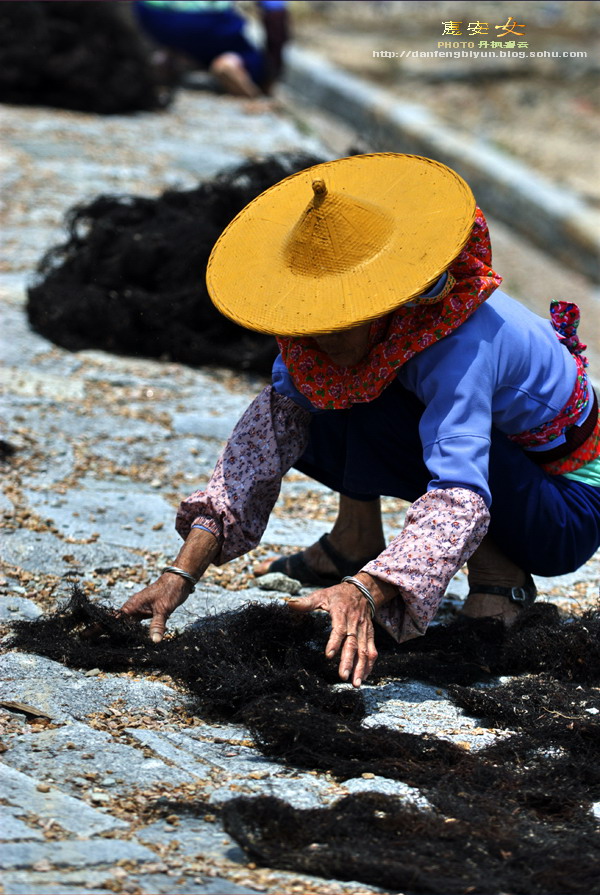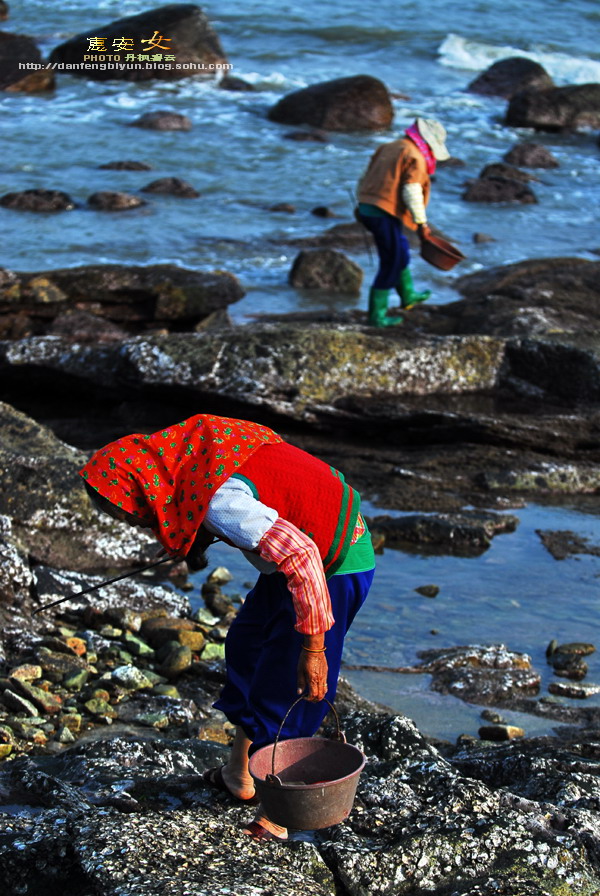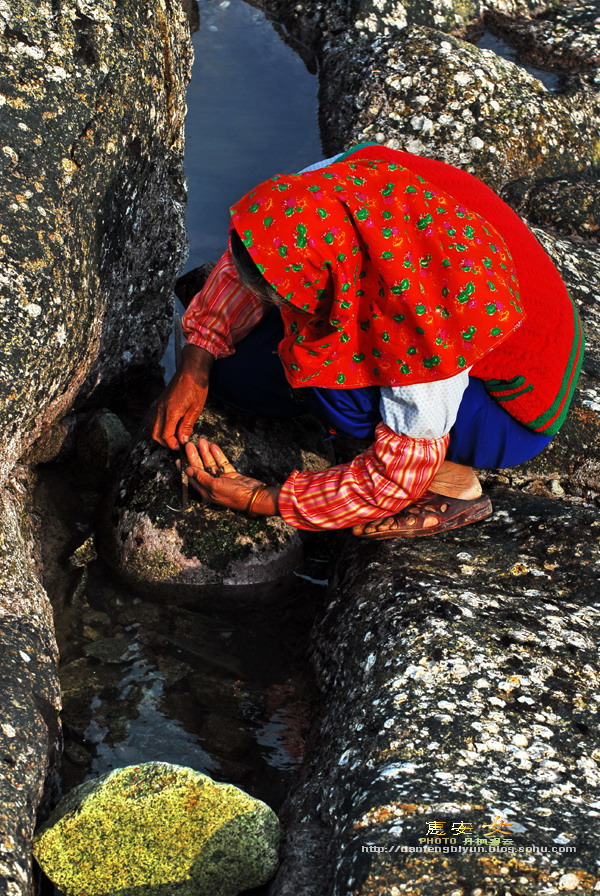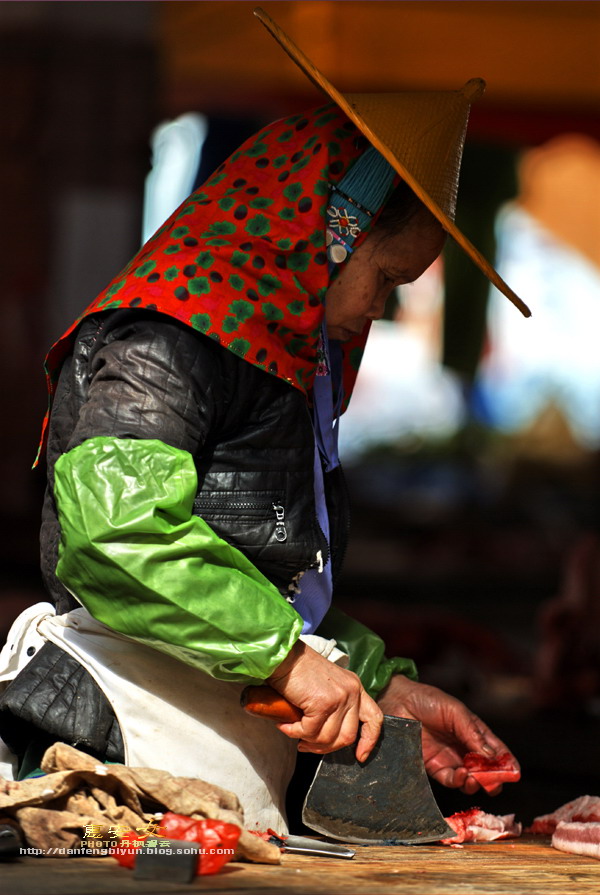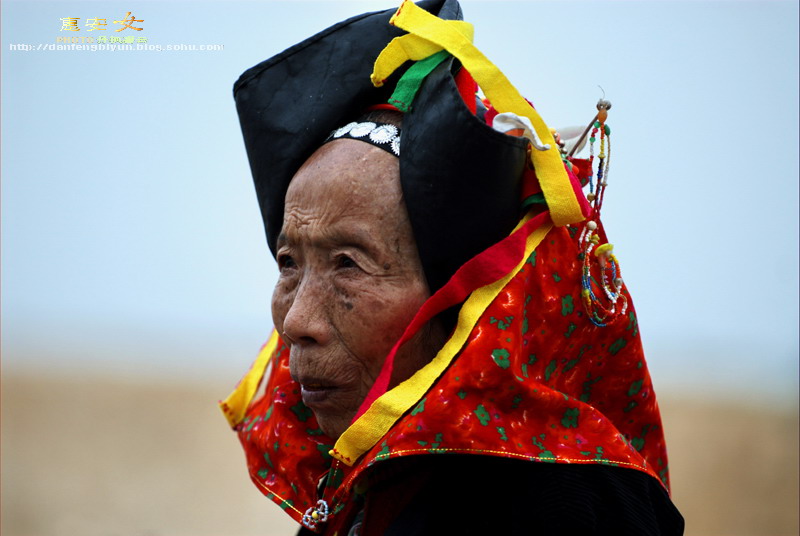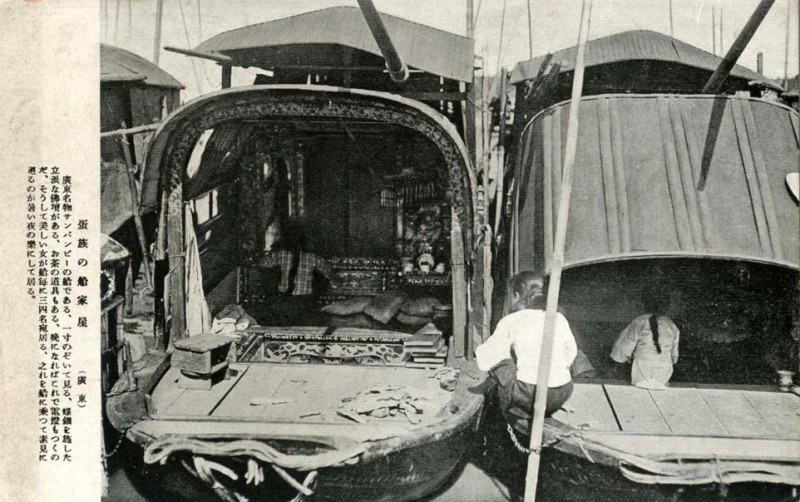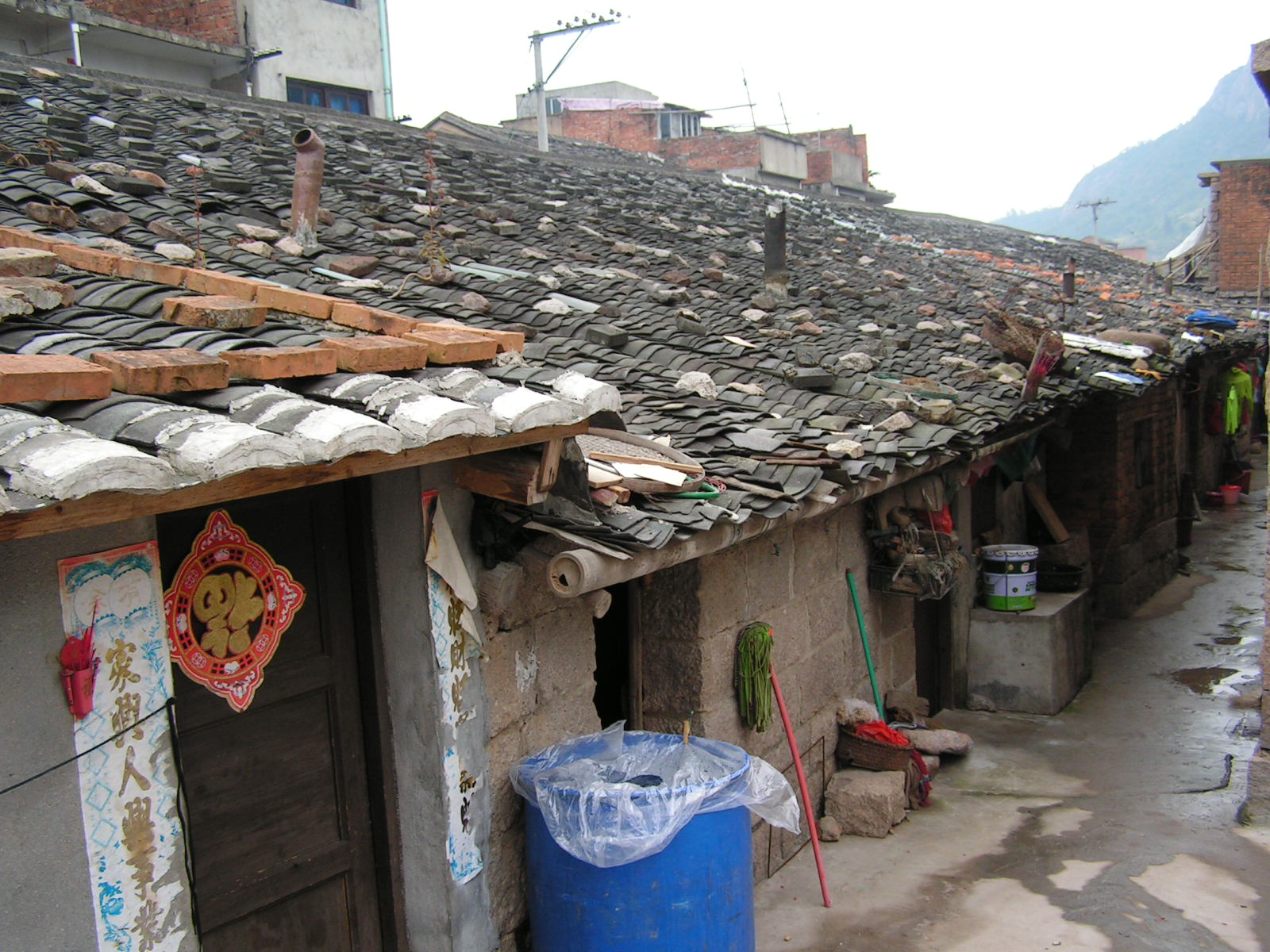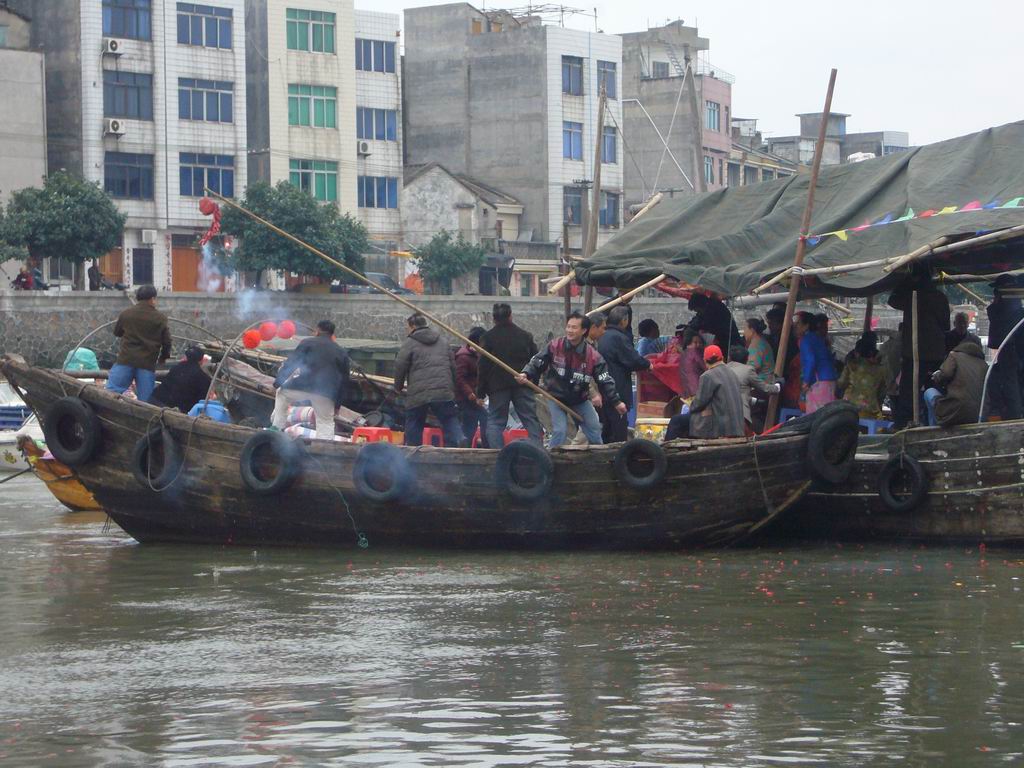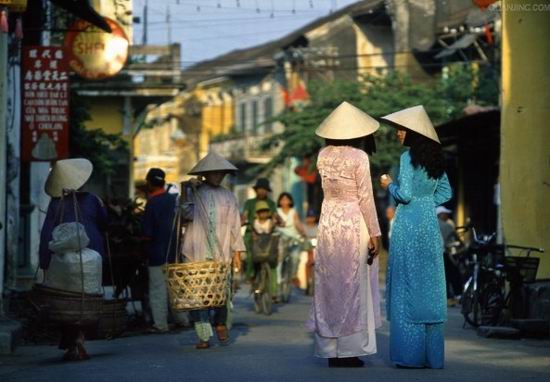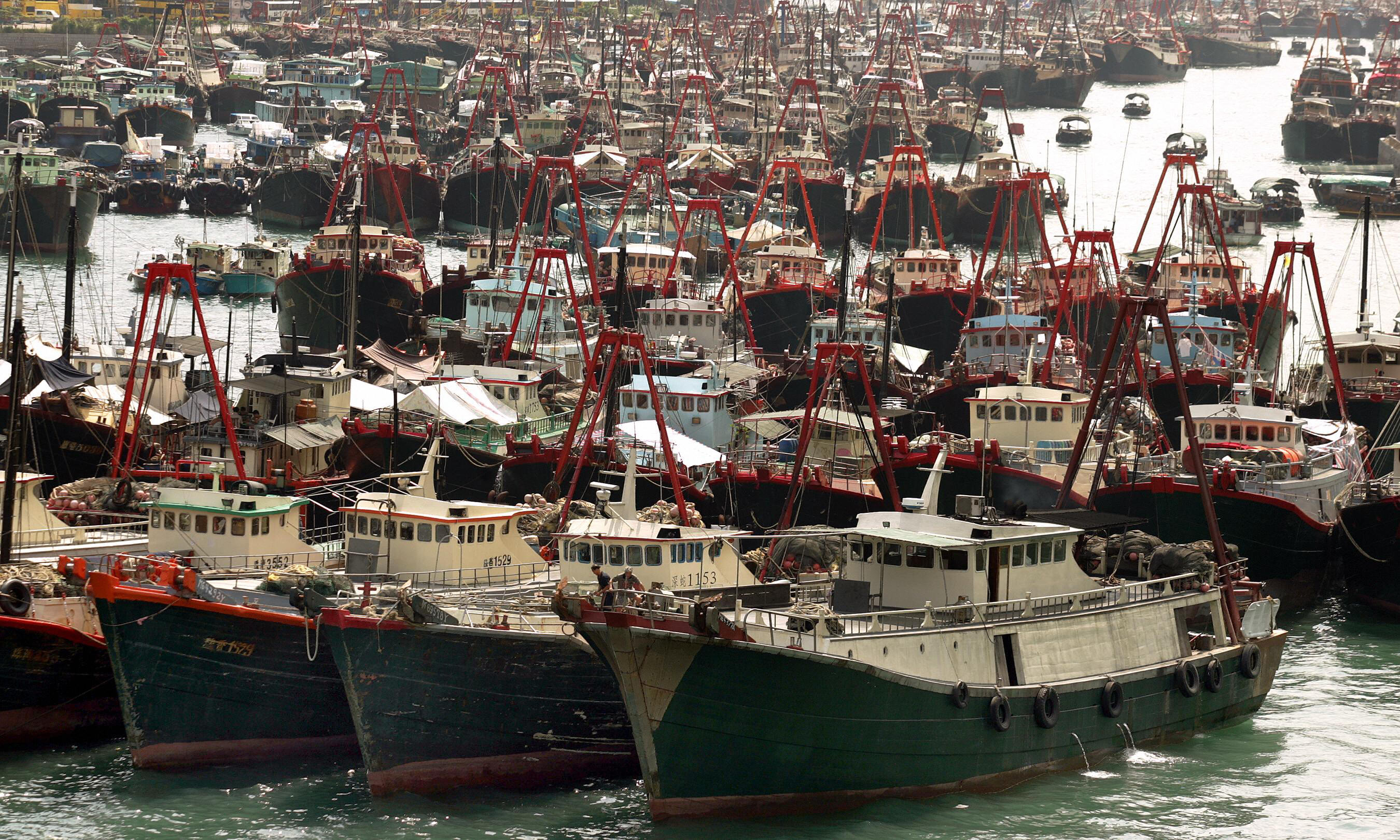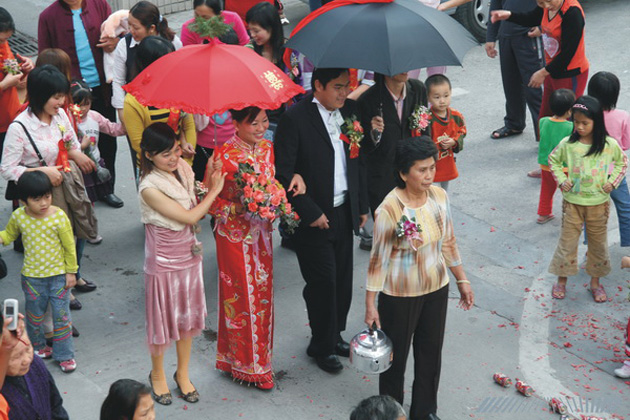Han people 汉族 - Oversea Chinese 海外华人
Chinese Filipinos 华菲, are numbered about 1.5 million (2005) , account foe 1.6% of Philippines' population. This figure however does not include the
Chinese Mestizos 華菲混血 (mixed ancestries) who since Spanish times have formed a part of the middle class in Philippine society nor does it include Chinese immigrants from the People's Republic of China since 1949. Together, Chinese Filipinos and Chinese Mestizos, constitute 22% of the population and that put Chinese Mestizo's population at 18 million.
Chinese Filipinos are well represented in all levels of Philippine society, and well integrated politically and economically. They are present within several commerce and business sectors in the Philippines and are estimated to own a majority of the Philippine economy.
Chinese fishermen and traders sailed around the Philippine Islands from the 9th century onward and frequently interacted with the local Filipinos. Many Chinese subsequently created settlements in Luzon and in the Visayas, some of which became the biggest and most powerful barangays, or city-states in the Philippines. Many datus, rajahs, and Lakans (indigenous rulers) in the Philippines were themselves a product of the intermarriage between the Chinese merchant=settlers and the local Filipinos. They eventually formed the group which is to be called Principalia during the Spanish period, and were given privileges by the Spanish colonial authorities. The group that formed the bulk of the current population of unmixed Chinese Filipinos migrated during the periods of late 1800s and early 1900s.
The Chinese Filipinos are one of the most assimilated Overseas Chinese communities in the world today, with many ethnic Chinese openly espousing ethnocultural integration and adoption of both indigenous and Western cultural practices as is common in the Philippines.
Virtually all Chinese in the Philippines belong to either the Hokkienese or Cantonese dialect groups of the Han Chinese ethnicity. Most Filipino-Chinese now are second or third generation, natural-born Philippine citizens who can still look back to their Chinese roots and have Chinese relatives both in China as well as in other Southeast Asian or Australasian or North American countries. The vast majority (74.5%) of Chinese Filipinos speak either Filipino or English as their first languages. However, many Chinese Filipinos (77%) still retain the ability to understand and speak Hokkien as a second or third language.
A Chinese mestiza c 1875
José Rizal, the Philippine National Hero, was a mestizo de sanglay.
Alfredo Lim 林雯洛 Mayor of Manila, a Chinese Filipino
Museum wax figures depict the lives of early Chinese Filipinos
Part of Cebu Taoist Temple, Cebu City
The Filipino fast food chain, Jollibee was founded by a Chinese-Filipino entrepreneur and continues to remains as one the of most famous fast food outlets in the Philippines.
An old Chinese New Year celebration in Manila


















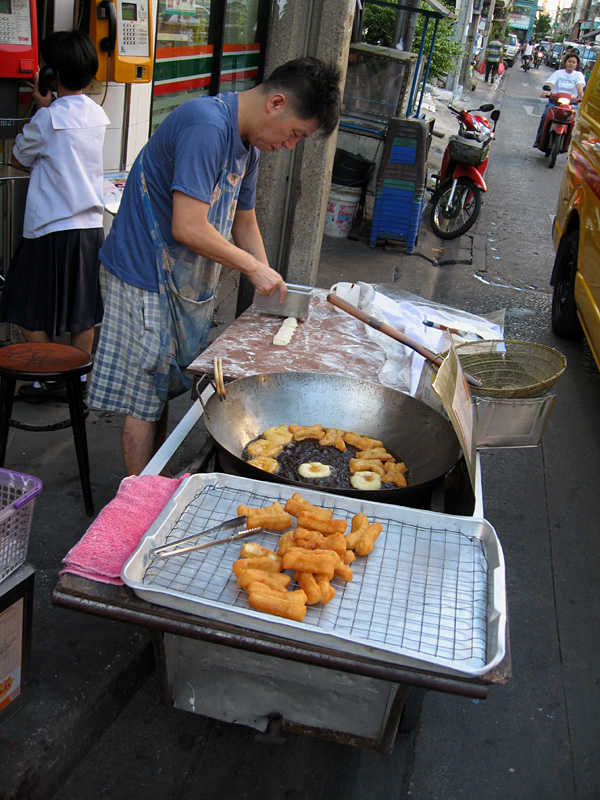
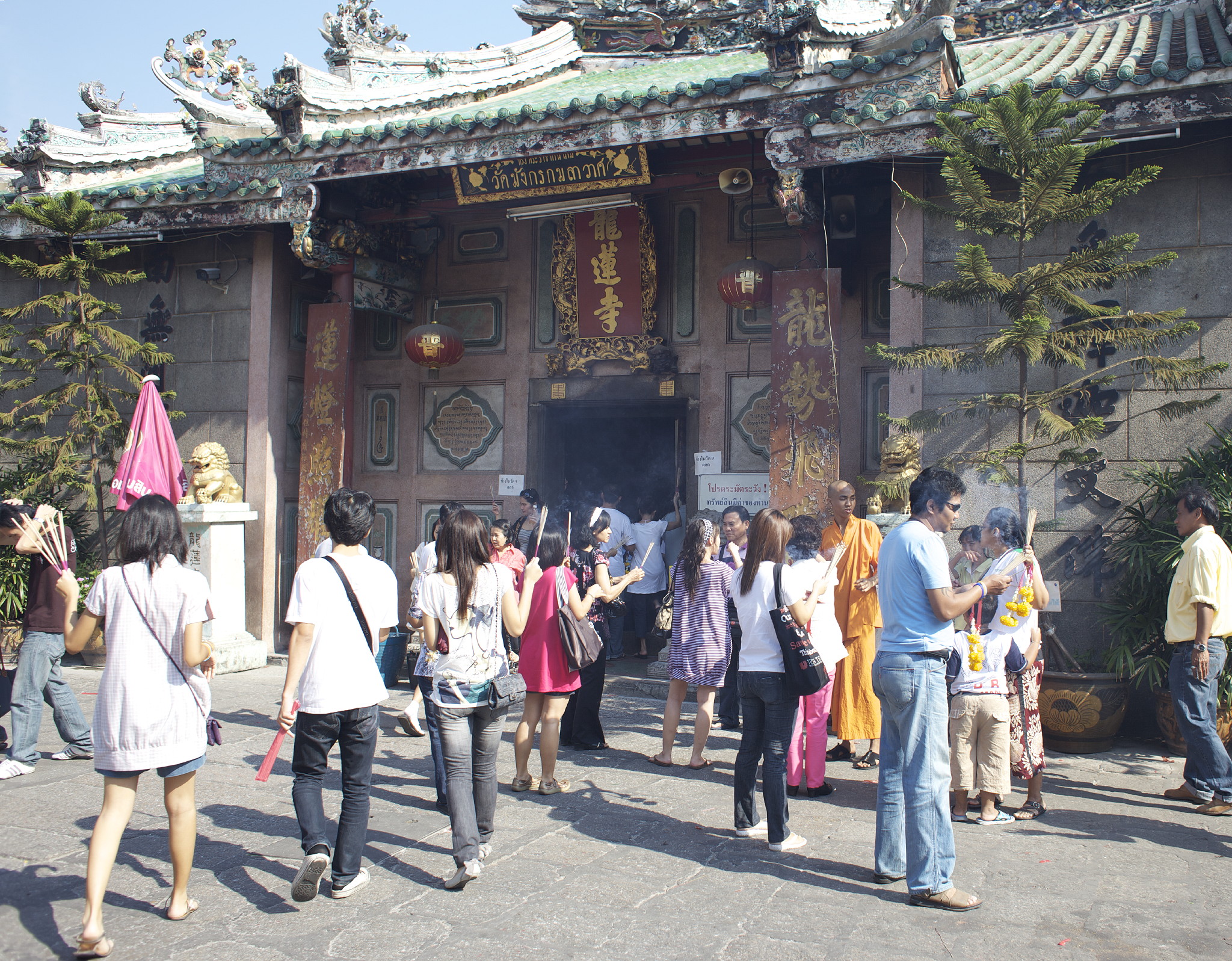

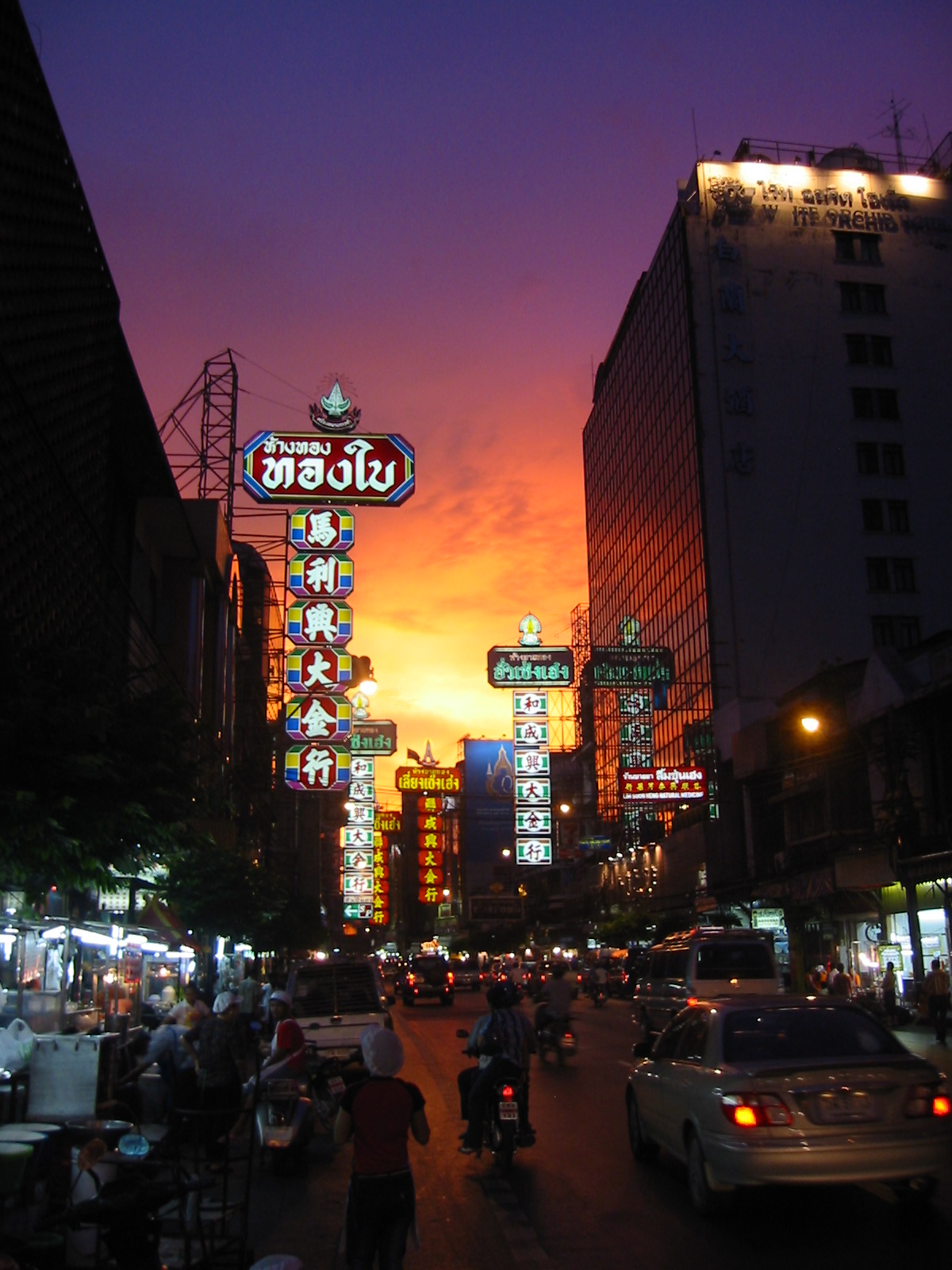
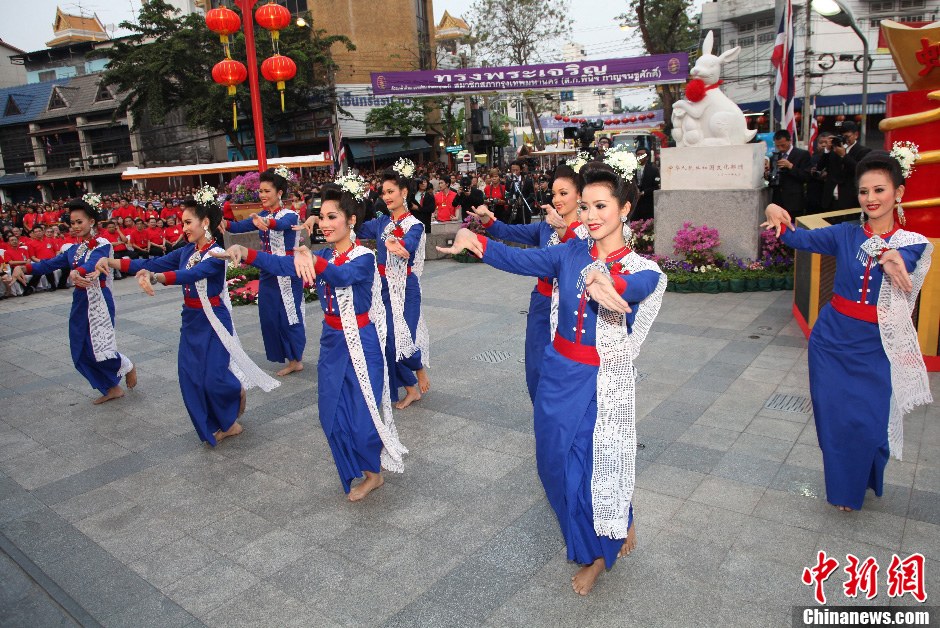



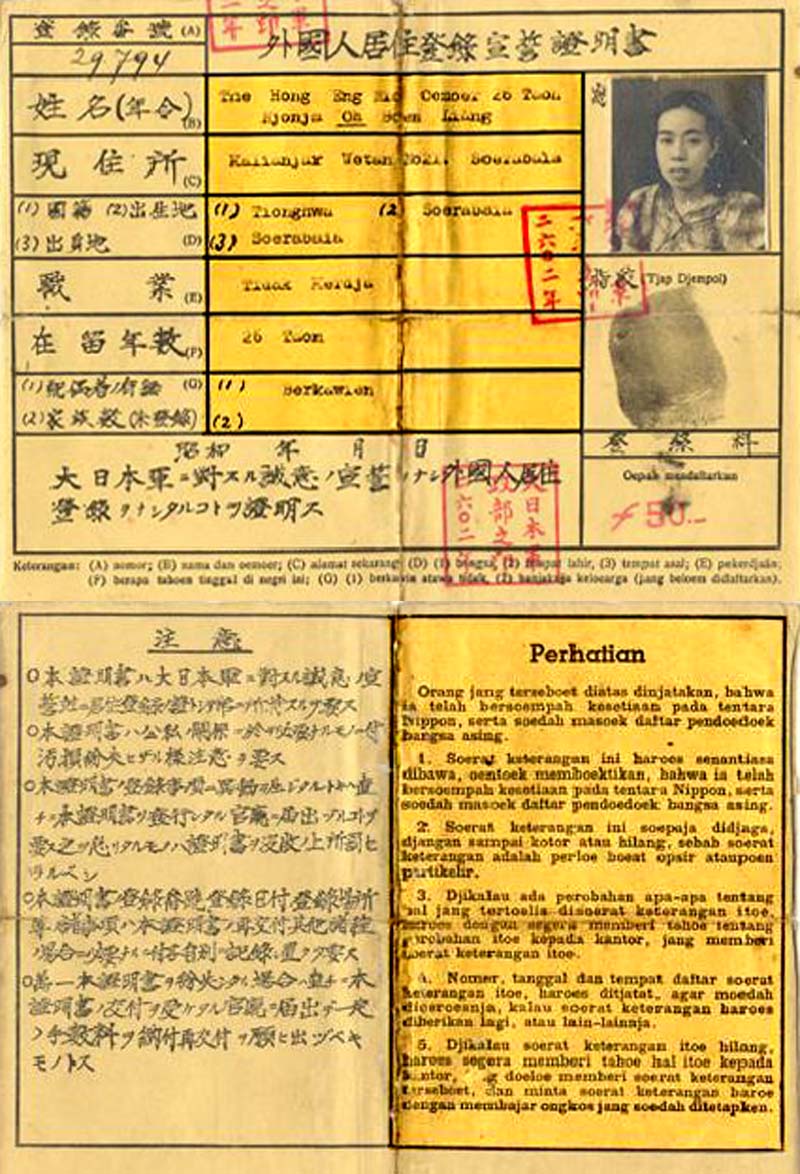
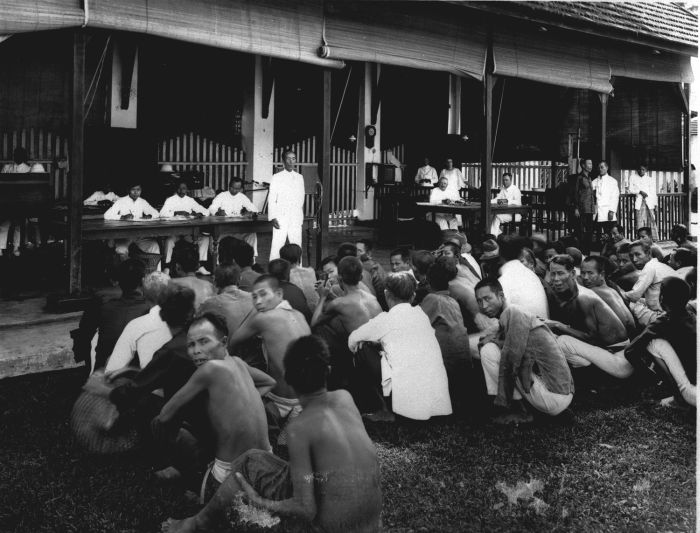
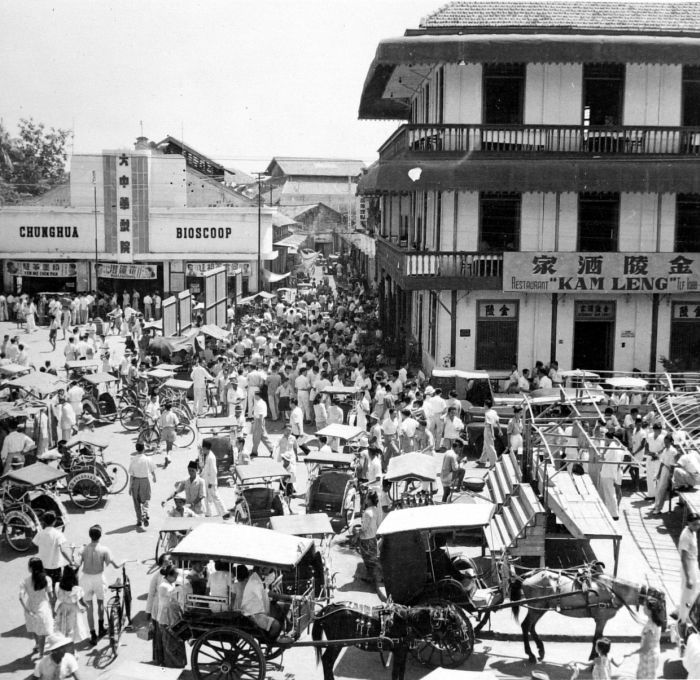
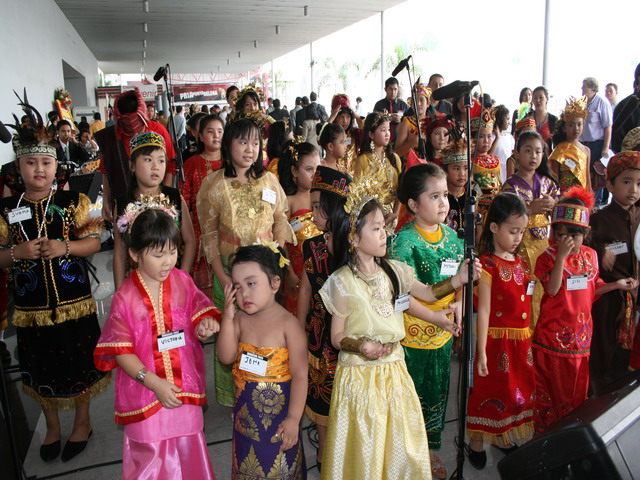
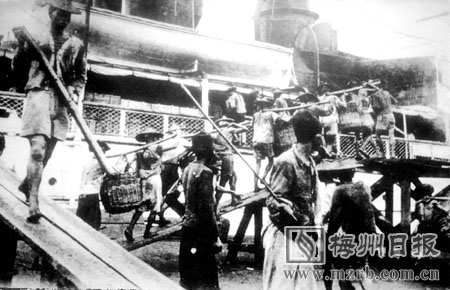
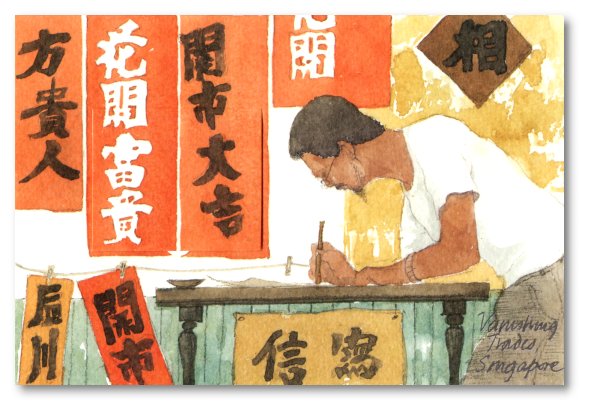
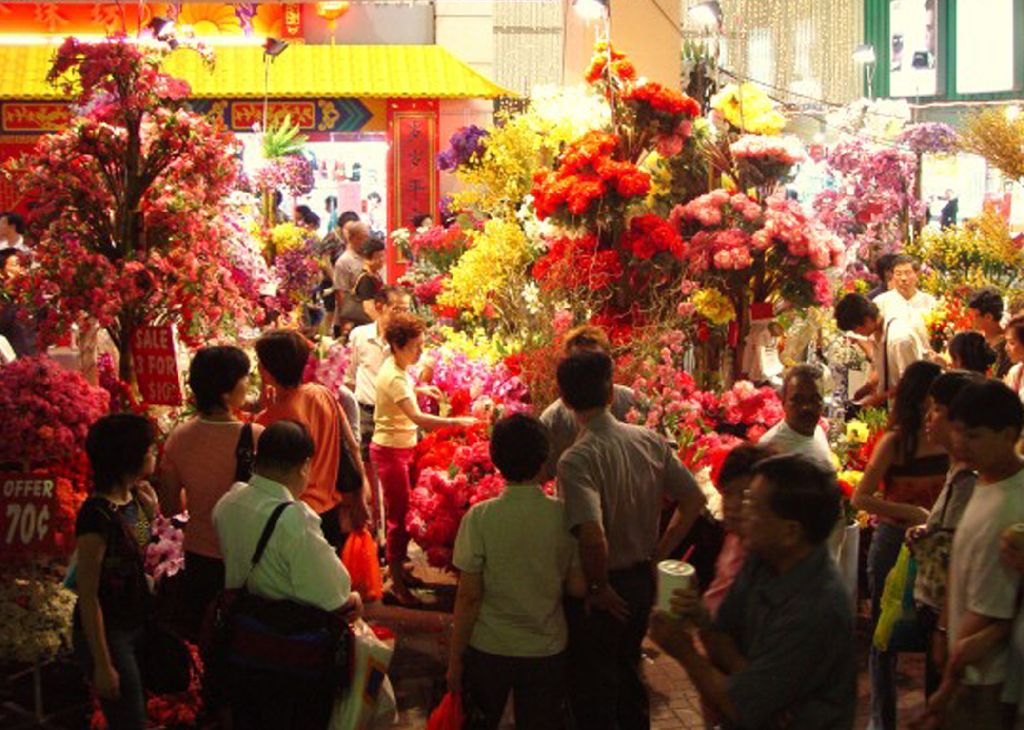

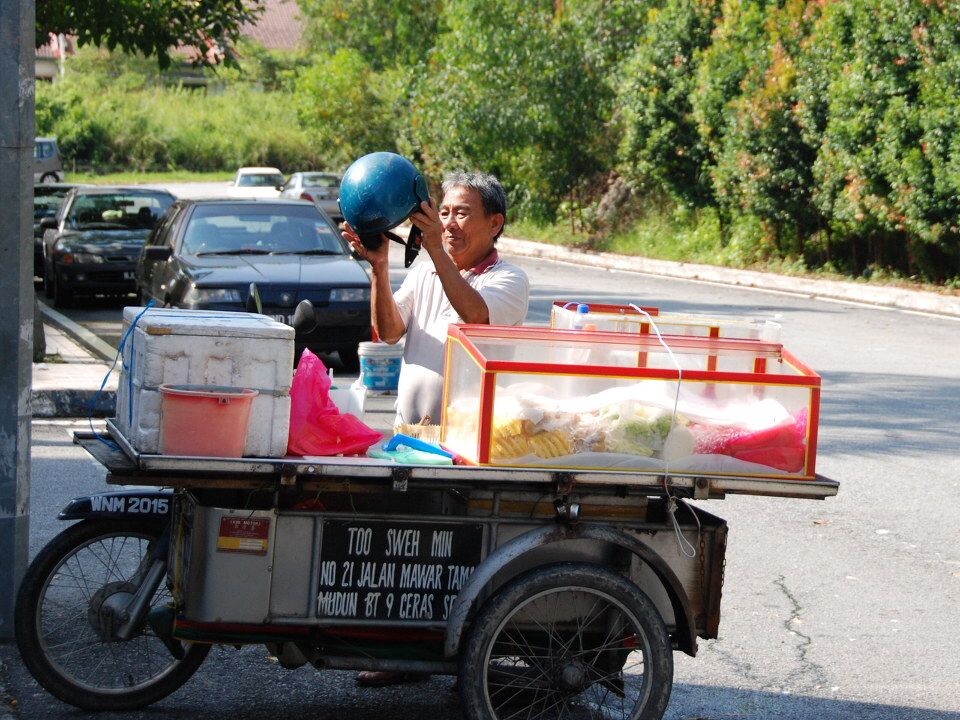



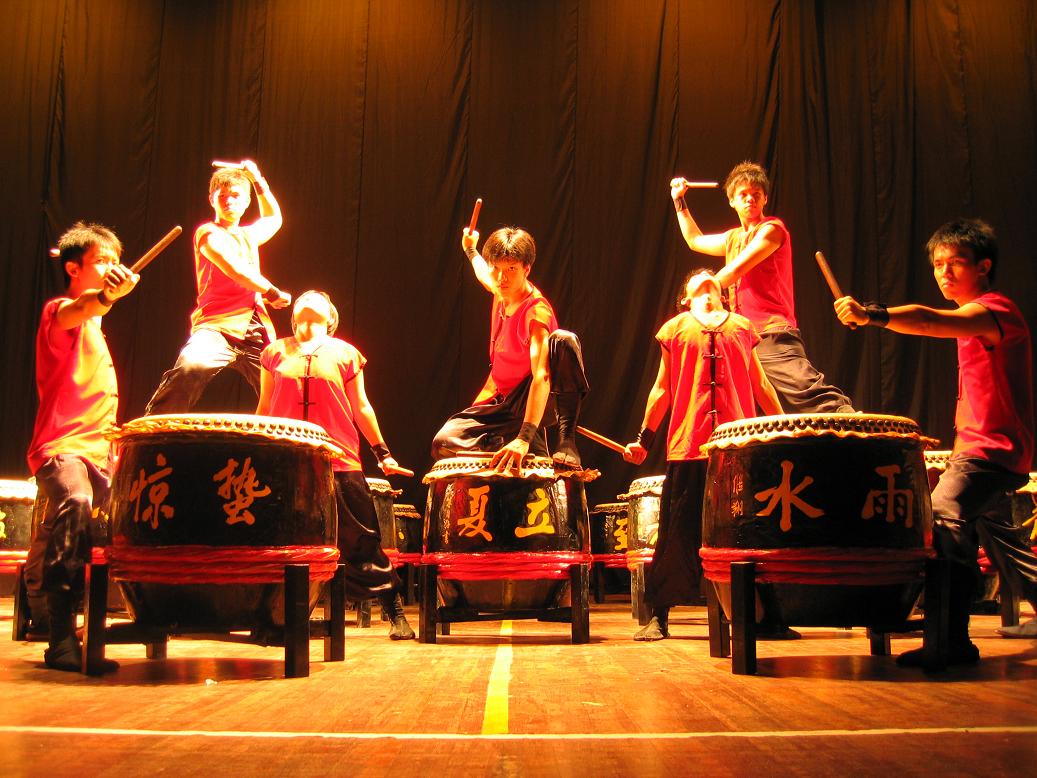
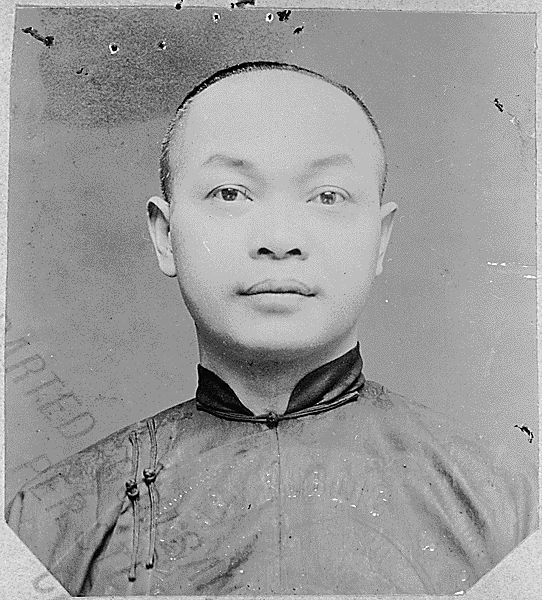
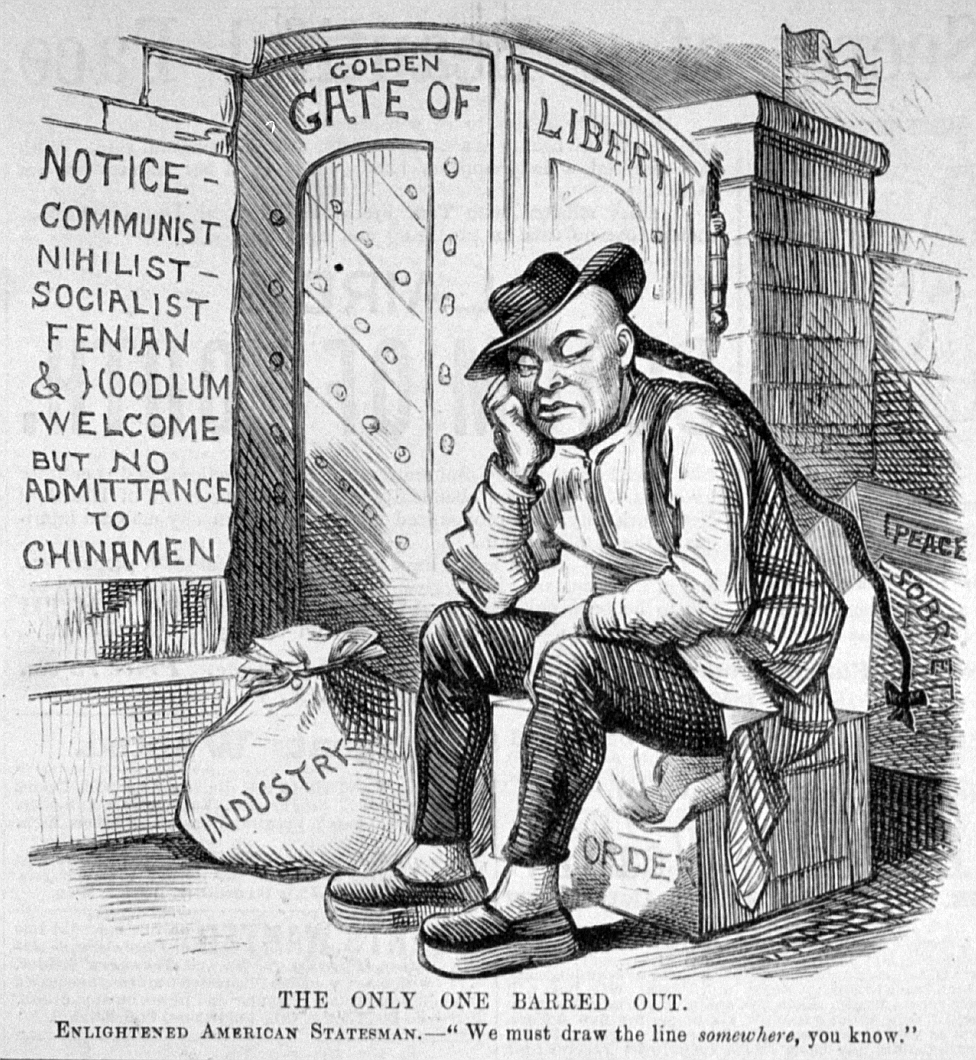
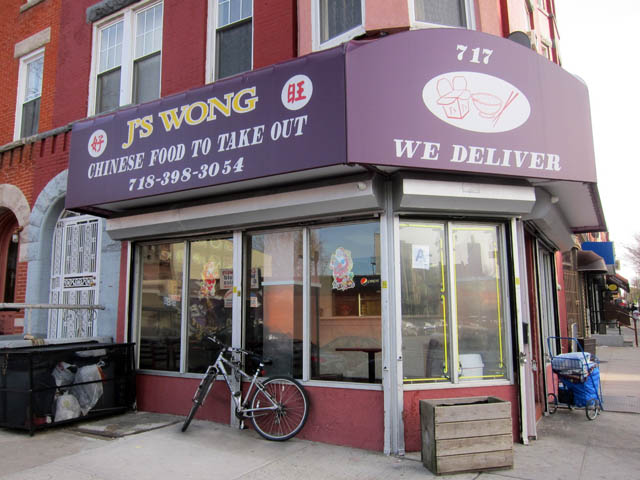

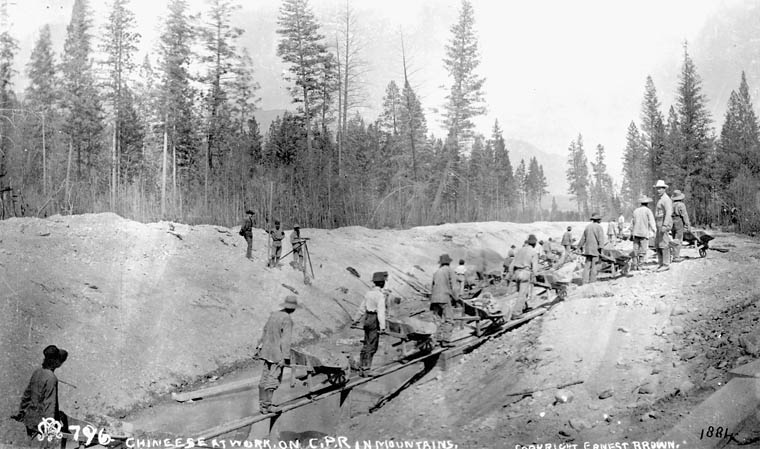




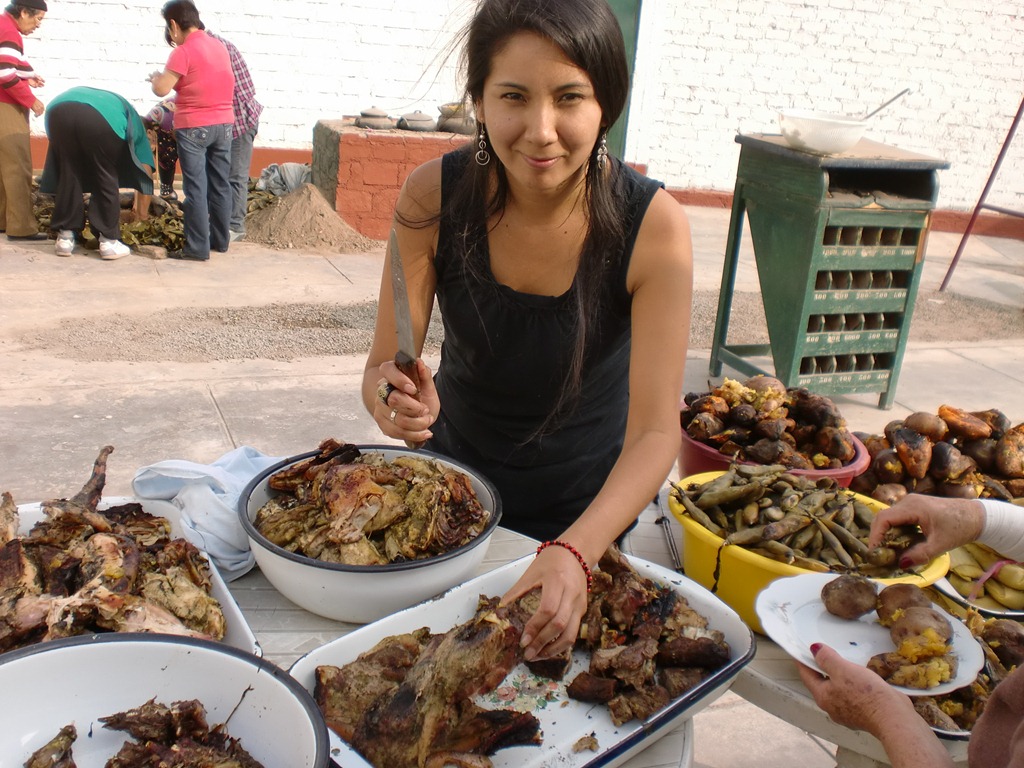

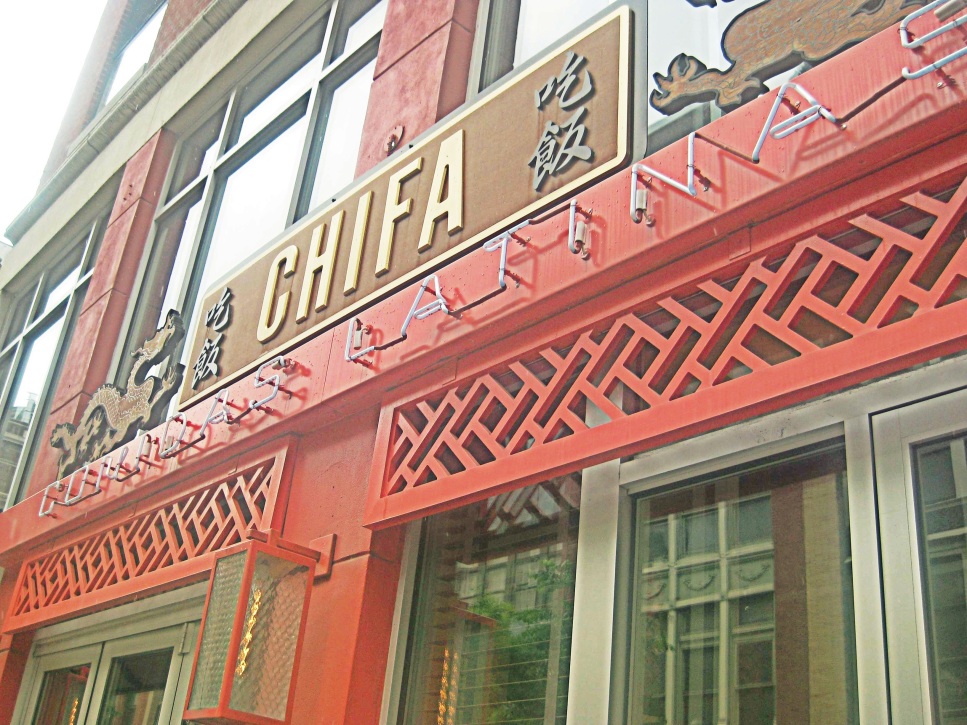


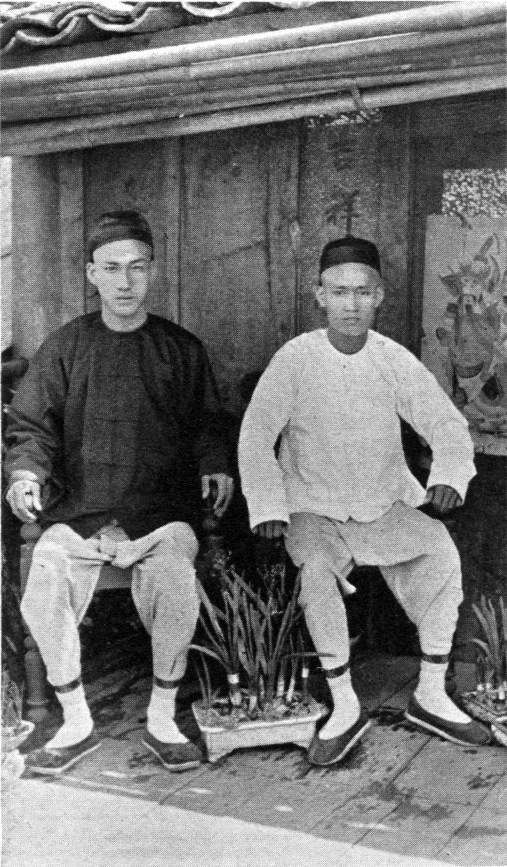

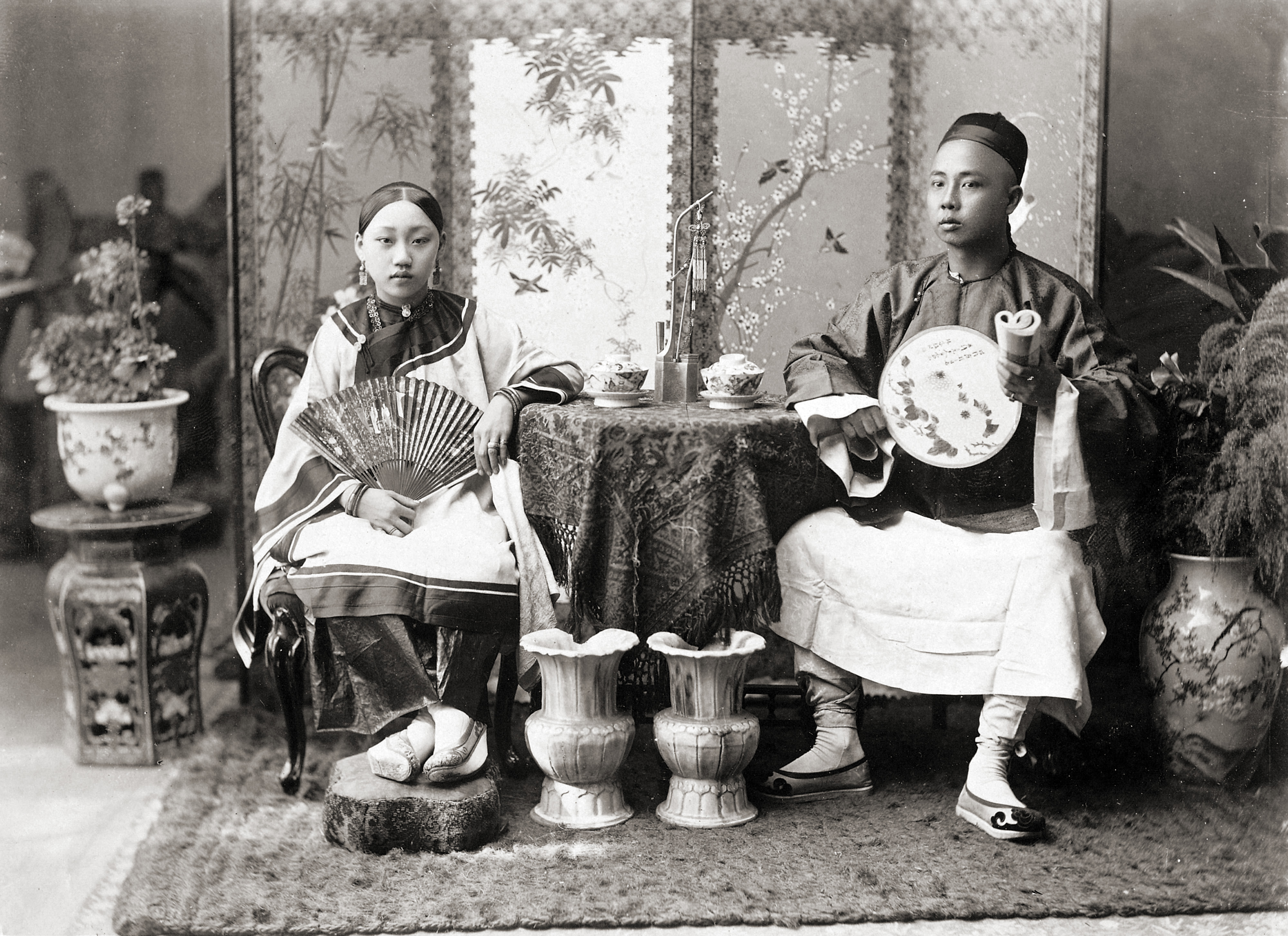

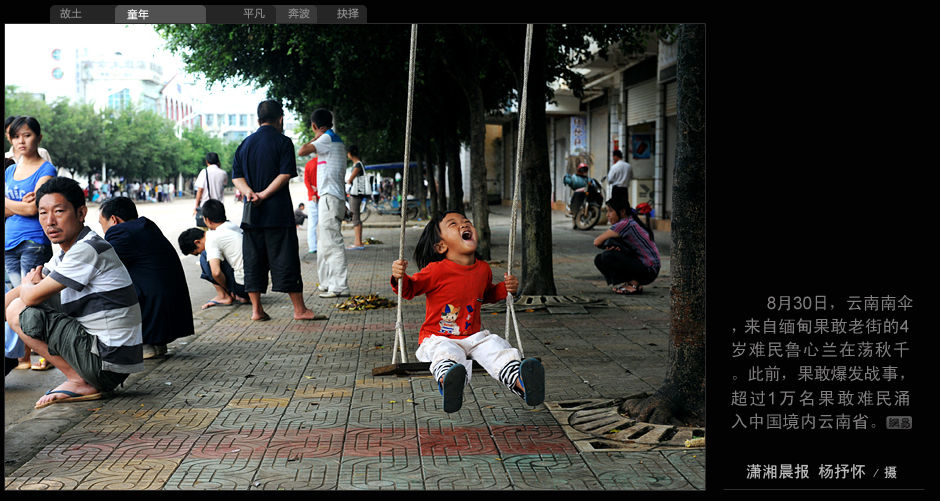
 , a Hakka Chinese clan association
, a Hakka Chinese clan association